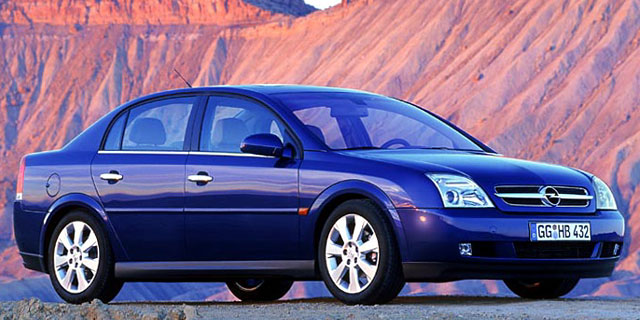Some 21,249 units were built 1937-1940 in three types: a four-door sedan, a coupe and a cabriolet. The sedan is dealt with here.
A movie garage scene showing an Adler 2.5, image via imcdb.org.
Adler advertisement with artwork by the great Berndt Reuters. Its streamlining (Stromform) is stressed. The copy claims passenger capacity as 5-6, but given its 2,800 mm (110.2 in) wheelbase and 1,740 mm (68.5 in) width, I'd say that realistically it could hold four people in reasonable comfort.
Front view on a brick test track. The grille bars translate into grooved hood decoration. In the American context, this is sort of a combination of the 1934 Chrysler Airflow and a 1936 Pontiac. It works well. Notice the large Adler eagle symbol at the transition point. The German word for eagle is adler.
Adler 2.5 body with doors and interior fixtures removed.
The 2.5 has a long hood to accommodate its in-line six cylinder motor. The windshield's slope is extreme for its time, and contributed to its low drag coefficient. The teardrop curve of the roofline is strong and echoed by the drop-off of the side window profile. There is a character line from the front of the car, along the edge of the hood and just below the windows, trailing off towards the rear of the car. The high point of its arc is located approximately at the A-pillar. Interestingly for a streamlined car, the fenders are distinct shapes, the rear one lacking wheel spats (covers). A curious detail is the slightly bug-eyed headlight fixtures located Airflow-fashion on the car body and not the fenders. Not attractive: the ideal (and perhaps too costly) alternative would have been to recess the headlights into the curved front panels. The low running or fog lights on the front fenders are also awkward details.
This shows the rear. Nice and clean. I'm guessing that the backlight windows are placed too low for adequate viewing to the rear. The reason for this placement seems to be the sliding sun-roof; note the tracks extending down beyond the upper edges of the backlights.
Just because... another Berndt Reuters illustration of an Adler 2.5 sedan.

















































